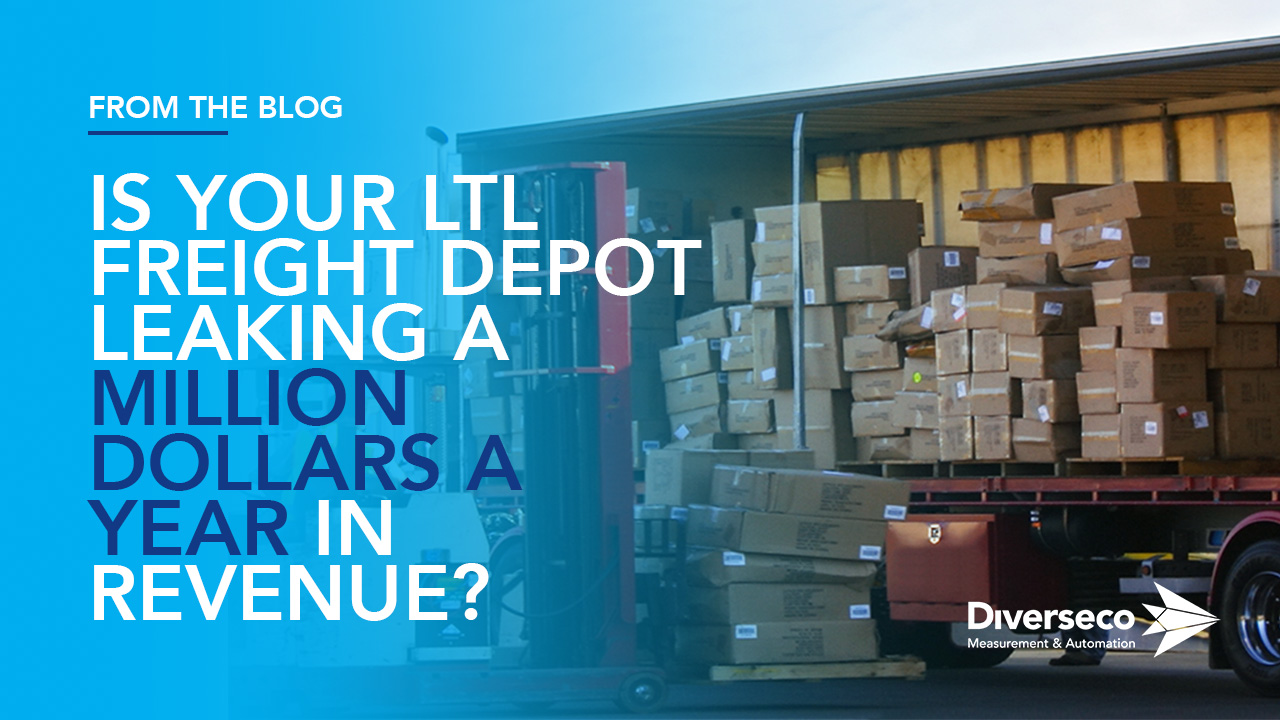
Each year, LTL freight depots worldwide lose millions in revenue due to the absence of certified, legal-for-trade pallet freight dimensioning systems. If you are in the industry, you may already suspect this issue – and it may even be a persistent challenge for your business.
While your staff may have a keen eye and are proficient with tape measures or measuring sticks, these methods are rarely legal for trade, particularly when handling irregularly shaped freight. Similarly, if you rely on forklift scales for weight verification, the likelihood of inaccuracies is high, and the results are often not legal for trade. In both cases, revenue leakage is almost inevitable. Moreover, without legal-for-trade measurements, any price adjustments to customer charges could be indefensible in the event of a legal dispute. This is precisely why legal-for-trade certification exists and why regulatory bodies such as Australia’s National Measurement Institute certify dimensioning equipment and license professionals to verify its accuracy in the field.
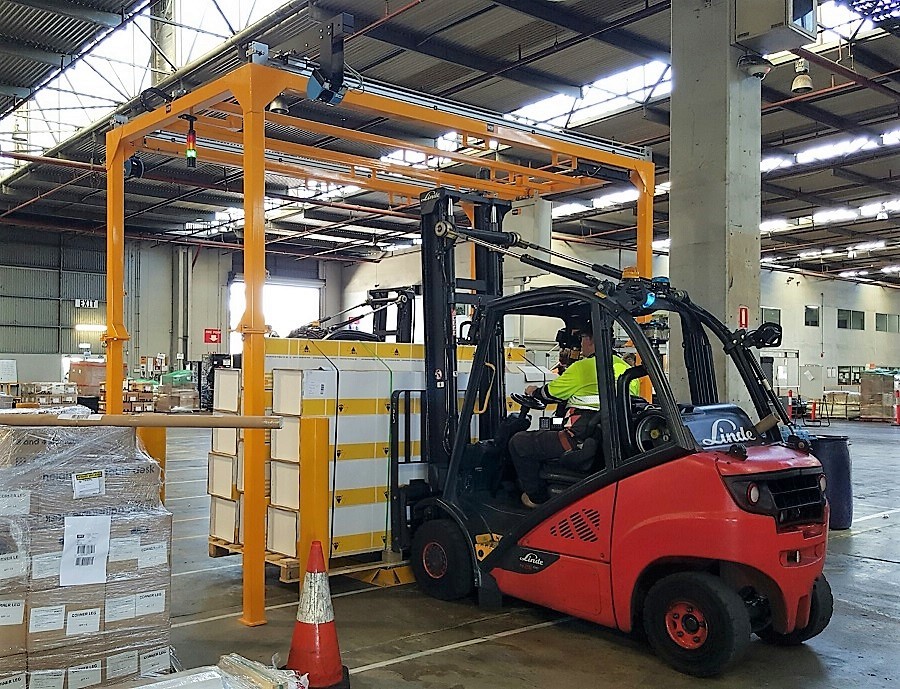
Australia’s leading express freight parcel carriers would never consider moving parcels without first processing them through Dimension Weigh Scan and Sortation systems. These systems capture legal-for-trade cubic dimensions and weight at rates exceeding 10,000 items per hour. The potential for revenue leakage is simply too significant to ignore.
It is no secret that some customers fail to declare the correct dimensions of their freight – some more than others. While it may seem reassuring to rely on experienced personnel to identify and flag discrepancies, this approach is inherently flawed. If this sounds familiar, you may also recognise the unsettling realisation that your current revenue assurance methods are not as reliable as you would like to believe.
At Diverseco, we aim introduce legal-for-trade dimension-weigh-scan automation to Australia’s LTL express and general freight sector. This process has involved extensive discussions with stakeholders at every level, from CEOs and IT managers to financial controllers, operations managers, and front-line logistics personnel. A recurring theme in all these conversations is revenue leakage.
In Australia, as in much of the developed world, LTL freight is typically charged per item or consignment based on the greater of total dead weight or total cubic dimensions, as determined by a dim-weight formula. For road freight of palletised items, the common formula equates one cubic meter to 250 chargeable kilograms. While specific formulas, dimensional weight equivalents, or units of measurement may differ, the fundamental principle remains consistent across modern logistics markets. As a result, LTL freight carriers worldwide face similar challenges regarding revenue leakage and recovery.
The root cause is clear: customers frequently under-declare or mis-declare their freight dimensions – whether intentionally or unintentionally. Regardless of how robust you believe your revenue assurance processes to be, there is only one way to ensure you capture the full value of the truck space you sell: implementing a certified, legal-for-trade dimensional measurement system with real-time data capture and export capabilities. Ideally, this system should be paired with a certified weighing solution.
Additionally, a sophisticated back-end IT infrastructure with intelligent business rules is essential to facilitate automated invoicing decisions based on precise item- or consignment-level data. In short, embracing automation is not just a best practice – it is a necessity for ensuring accurate revenue recovery and operational efficiency. 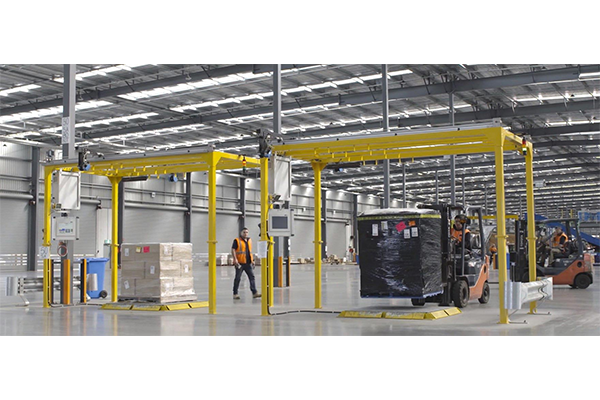
The Cubiscan AKL 1200 Pallet Dimensioner
The Pricing Model: How You Are Leaking a Million Dollars per Depot per Year
In most cases, the charge invoiced to the shipper is based on a formula where 1 cubic meter (m³) equates to a specified weight in kilograms (e.g., 250 or 333 kg) at a per-kilogram rate (e.g., 80 cents). This rate is also influenced by critical factors such as the final delivery destination or zone. Increasingly, freight is being charged based on cubic volume rather than dead weight, a trend known as “cubing out.”
For example, suppose you charge for non-contract LTL palletized freight at a rate of 1m³ = 250 kg. If the freight is transported via road express from Melbourne (MEL) GPO to Brisbane (BNE) GPO, the pricing calculation would be as follows:
- Assuming a charge of $1.00 per chargeable kilogram, consider a crate with the following declared dimensions:
100 x 100 x 100 cm (LWH) = 1.00m³ x 250 kg = $250 + GST at a dimensional (dim) weight of 250 kg.However, if the actual measurements were:
110 x 115 x 120 cm (LWH) = 1.518m³ x 250 kg = a dim weight of 379 kg.At $1.00 per kg, the price for the same shipment would be $379 – a difference of +$129.
While this is a significant discrepancy, it is not uncommon. The specific price per kilogram is not the key issue here; rather, the concept of accurate measurement is.
Consider another example involving a standard palletized shipment where the sender did not account for overhang or an accurate height measurement. The declared dimensions on the consignment note are:
- 120 x 120 x 120 cm (LWH) = 1.728m³ x 250 kg = a dim weight of 432 kg. The price for this job is $432.However, if the actual dimensions recorded by a Pallet Freight Dimensioning System were:
125 x 130 x 135 cm (LWH) = 2.193m³ x 250 kg = a dim weight of 548 kg.
With the dead weight unchanged at 432 kg, the chargeable weight is now 548 kg, resulting in a price of $548 instead of $432 – an increase of $116.
It is easy for such discrepancies to go unnoticed and be invoiced based on the declared dimensions rather than the actual ones.
While not all shipments will yield such significant revenue increases, predictable net averages emerge. Increases of $15 per pallet or 15% per invoice are not uncommon.
Now, consider the impact at scale. If you process 400 palletised or oversized freight items per day and, on average, recover an additional $10 per measured pallet, that equates to an extra $20,000 in recovered revenue per week. Over a 50-week year, this amounts to an impressive $1 million in additional revenue.
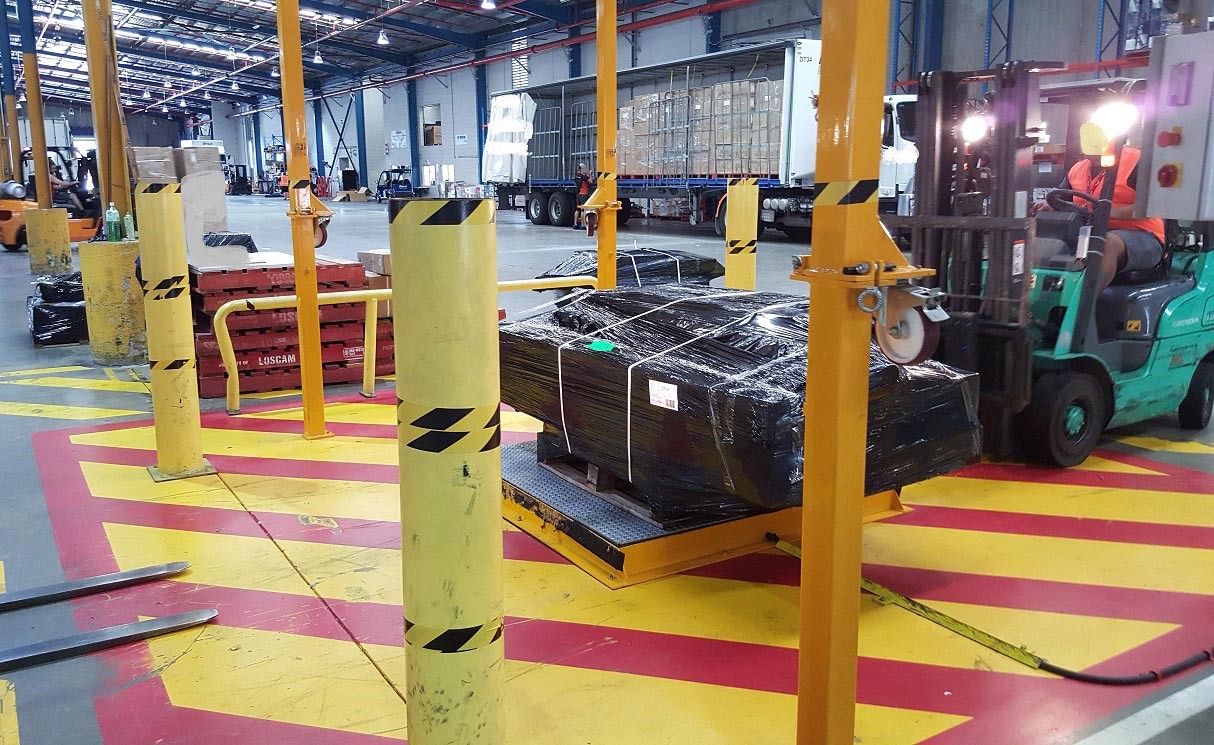
We have observed that some interstate express freight carriers consistently gain an additional $15 per measured pallet or bulk item. On average, these carriers measure approximately 600 unique pieces per cross-dock within a 24-hour period, including pallets, skids, and crates.
This translates to a revenue increase of 600 x $15.00, or $9,000 per day. Over a standard 250-day operating year, this results in an impressive $2,250,000 in additional revenue.
Similarly, smaller interstate depots handling around 150 larger or palletised items per day also experience substantial revenue gains. These depots typically average an additional $15 to $20 per pallet. Even at a conservative estimate of $15 per pallet for just 100 items, the additional revenue amounts to $1,500 per day. Over 250 days, this equates to $375,000 in recovered revenue – demonstrating that implementing pallet dimensioning automation can yield a return on investment in as little as four months.
To put this into perspective, consider a pricing model where the charge per kilogram is $0.50. To achieve an additional $15 per item, only 30 extra chargeable kilograms need to be captured. Given that 1m x 1m x 1m (1m³) is equal to 250 kg, this results in an invoice value of $125.
If the same item had slightly different dimensions, such as:
- 1.0 x 1.0 x 1.15m (LWH) = 1.150m³
or
1.04 x 1.05 x 1.06m (LWH) = 1.157m³Then:
1.15m³ x 250 kg results in 287.5 chargeable kilograms.At $0.50 per kilogram, this equates to $143.75—an increase of $18.75.
The impact of accurate dimensioning is clear: minor measurement discrepancies can lead to significant revenue gains, making automation a highly effective solution for maximising profitability.
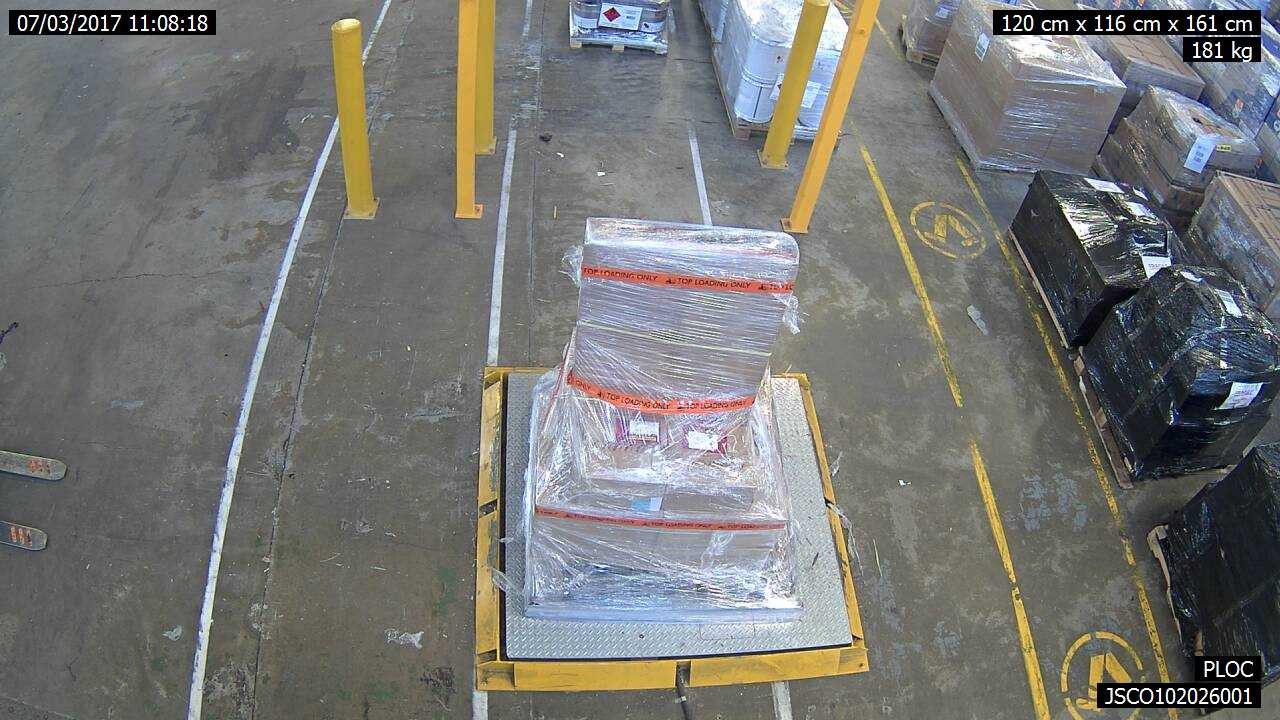
This is how and why your LTL freight depot or cross-dock could be losing up to a million dollars in annual revenue by not utilising a pallet freight dimensioning system. While there are various ways to calculate these losses, the core issue remains the same: Declared Values versus Actual Values.
To learn more or discuss how we can help optimise your revenue recovery, find out more about our Dimensioning solutions, or contact our team today.

